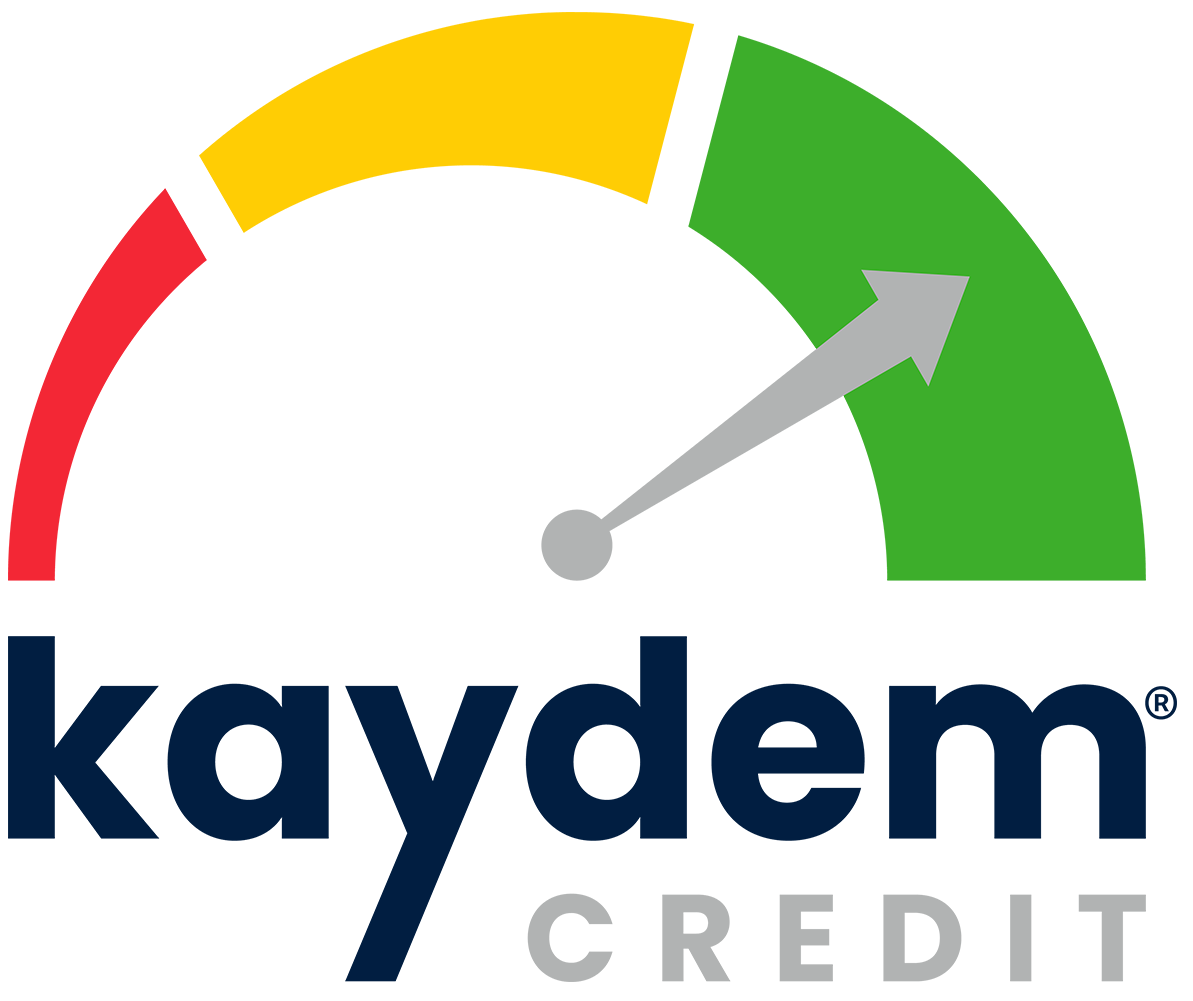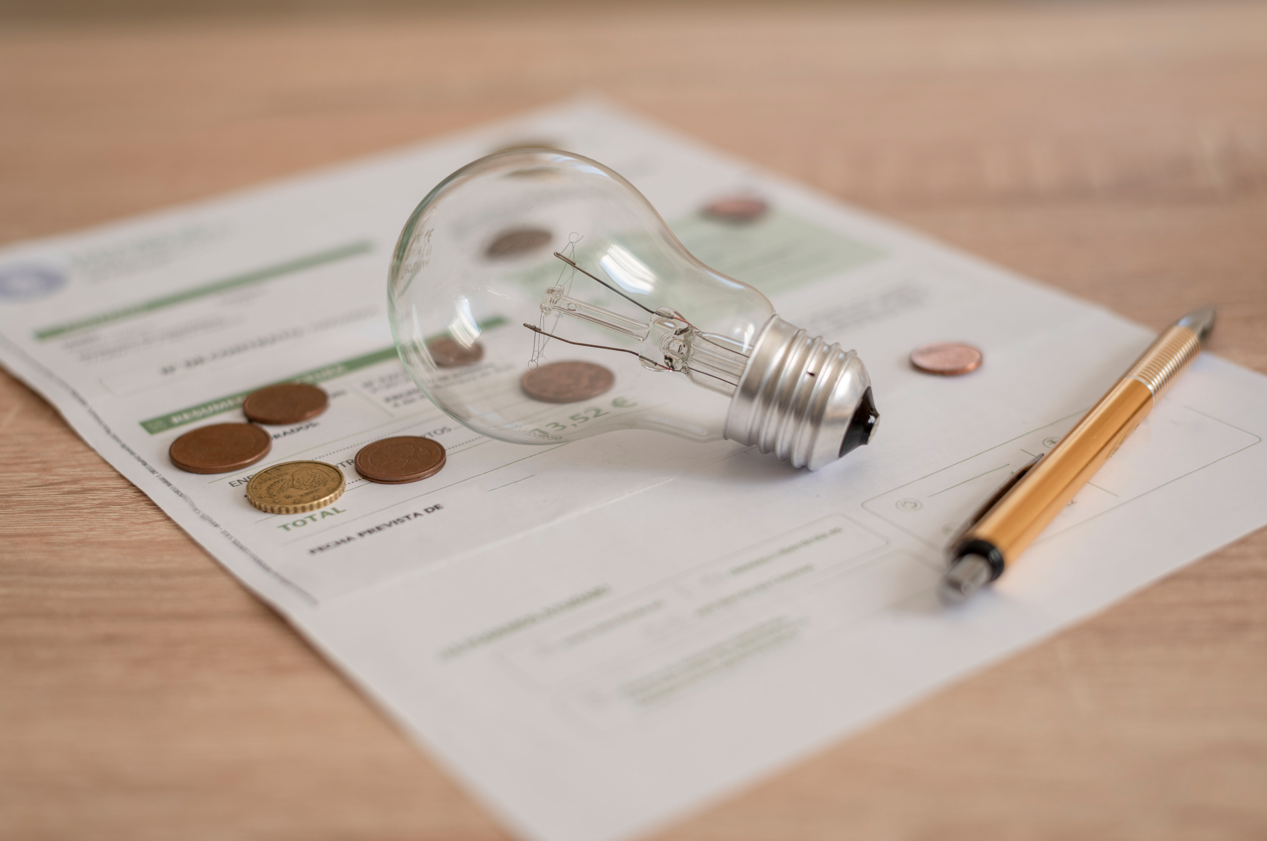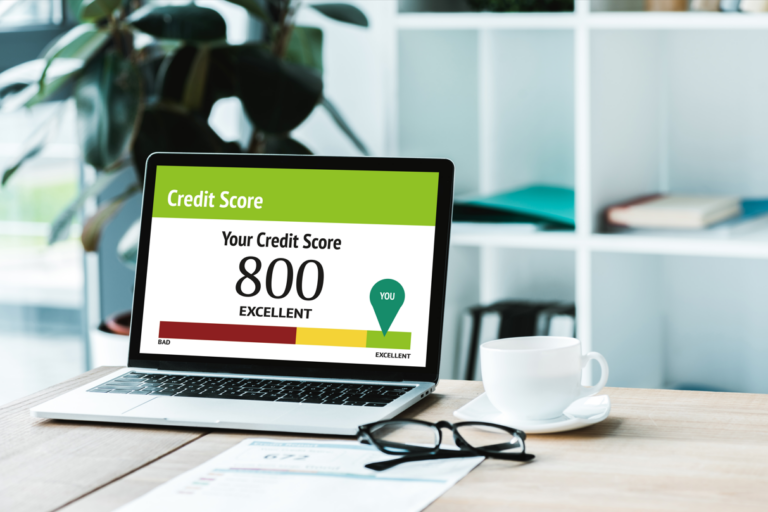Building a strong credit score is one of the most powerful financial tools you can have. It can open doors to lower interest rates, better loan approvals, and a wider range of financial opportunities. But for young adults and first-time credit users, getting started can feel like an uphill battle. What many people don’t realize is that non-traditional credit sources—like utility and rent payments—can play a role in building your credit. Adding utilities to your credit report can be a good supplemental strategy, but it’s not the only option. This blog will introduce you to how to add utilities to your credit report and three alternative ways to start building credit effectively.
Adding Utility Payments to Your Credit Report
Utility payments—like electricity, water, and internet bills—are typically not included on your credit report. However, consistent, on-time payments can demonstrate financial responsibility, especially for credit newcomers.
The challenge? Utility companies generally do not report to credit bureaus unless you fall behind on payments. That’s where third-party reporting services come in handy.
How to Add Utility Payments to Your Credit Report
- Use Third-Party Reporting Services
Services like RentTrack and LevelCredit can link your utility accounts and report your on-time payments to credit bureaus.
- Confirm Reporting to Major Bureaus
Check that the service sends information to key credit bureaus like Equifax, Experian, or TransUnion. Not all services report to all bureaus, so this is an important step.
- Maintain Consistent Payments
To reflect positively on your credit report, ensure you pay all utility bills on time every month. Late payments won’t help your credit and can even counteract your efforts.
Limitations of Utility Reporting
While utility reporting can help, it has a few drawbacks to consider:
3 Alternative Ways to Build Credit
Become an Authorized User on a Credit Card
Becoming an authorized user means you’re added to someone else’s credit card account—usually a parent, sibling, or close friend. You don’t even need to use the card yourself!
Their payment history and credit habits are added to your own credit report, boosting your score based on their reliability.
This strategy allows you to benefit from someone else’s strong credit behavior without taking on much responsibility. It’s typically a fast and low-risk way to build credit.
Since their actions affect your report, any missed or late payments by the primary cardholder could drag your score down. Make sure to choose someone responsible with a good credit history.
Secured Credit Cards
Secured credit cards are specifically designed for people with no credit history or poor credit. They require a refundable deposit (usually ranging from $200 to $500) as collateral, which minimizes the lender’s risk.
Benefits
To make the most of your secured credit card:
Credit Builder Loans
Credit builder loans are installment loans designed specifically to help you establish or improve your credit. Unlike traditional loans, the borrowed amount is held in a secure account until you’ve made all your payments.
By making on-time monthly payments, you show lenders your reliability and build a positive credit history. Once the loan is repaid, you receive the loan amount back—making it both a savings tool and a credit-building strategy.
Credit builder loans are usually offered by credit unions, community banks, and online lenders.
Pro Tip: Combine a credit builder loan with other strategies, such as utility reporting or a secured credit card, for even faster credit-building results.
Why Building Credit is a Marathon, Not a Sprint
Establishing strong credit takes time and consistency. Combining utility reporting with strategies like becoming an authorized user, using a secured credit card, or taking out a credit builder loan can provide a well-rounded approach to building your credit profile.
The key to improving your credit lies in taking responsibility and adopting smart financial habits. Even small steps today—like signing up for a utility reporting service or applying for a secured credit card—can help you create a strong foundation for long-term financial success.







